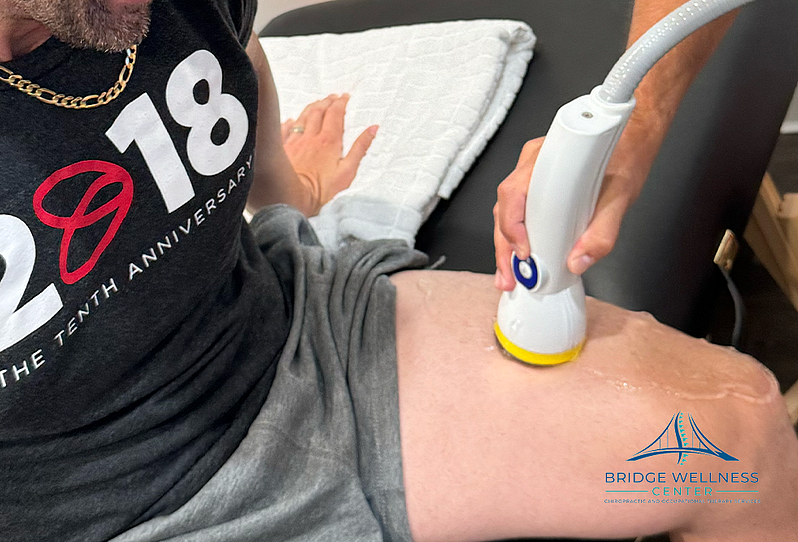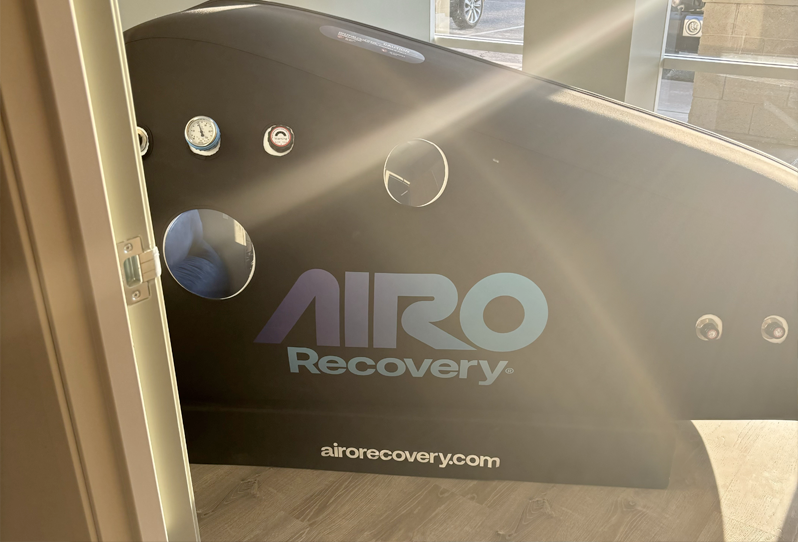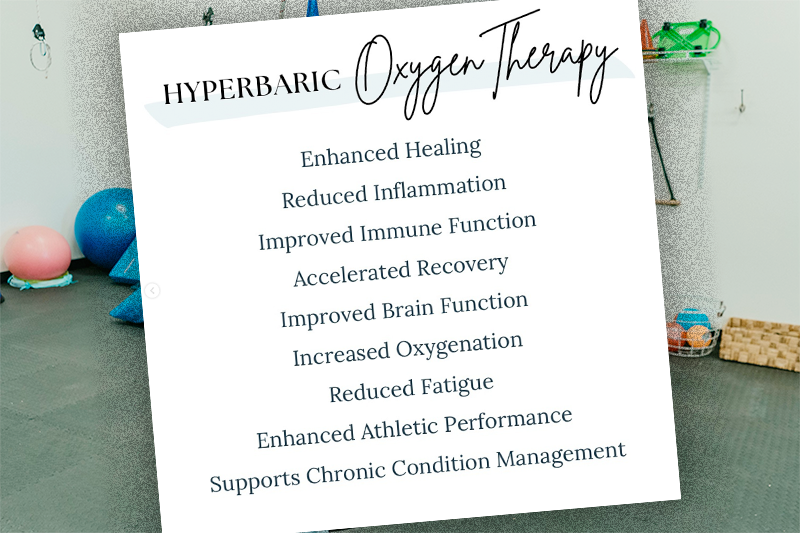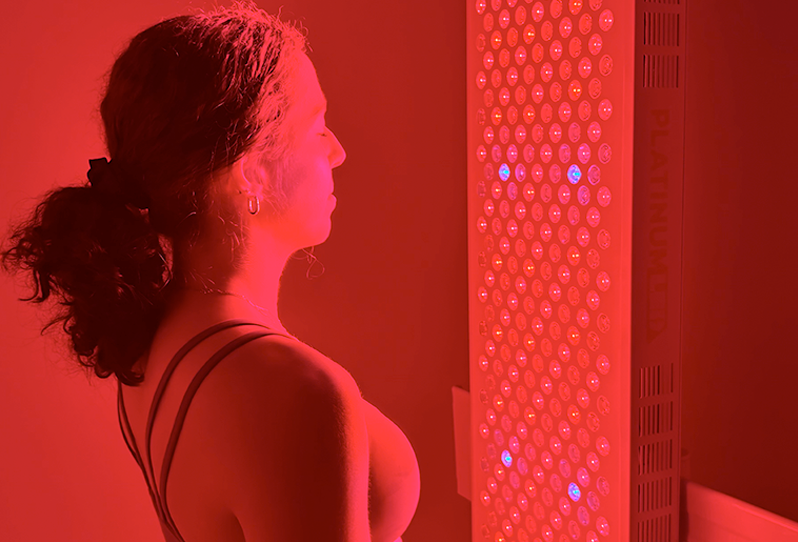Blog
The Healing Power of Hyperbaric Oxygen Therapy on Ligament and Tissue Repair
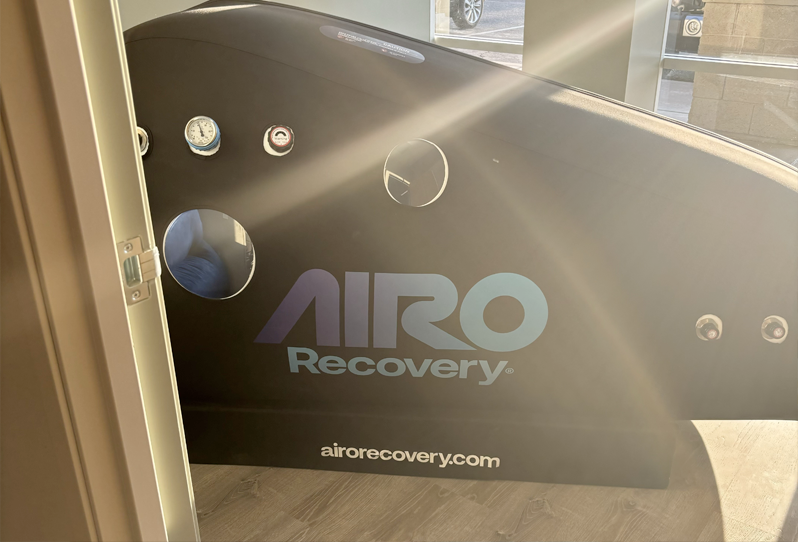
The Healing Power of Hyperbaric Oxygen Therapy on Ligament and Tissue Repair
In the field of recovery and rehabilitation, hyperbaric oxygen therapy (HBOT) is gaining widespread attention for its potential to promote ligament and tissue healing. Originally used to treat conditions like decompression sickness and carbon monoxide poisoning, HBOT is now recognized for its broader therapeutic benefits, particularly in the realm of musculoskeletal recovery. This blog will explore how this therapy can support the repair of ligaments and tissues. If you find this blog interesting, be sure to reach out to Dr. Matt at www.bridgewellnesscenteraz.com and we can help get you scheduled to use our very own hyperbaric chamber.
What is Hyperbaric Oxygen Therapy?
Hyperbaric oxygen therapy involves breathing pure oxygen in a pressurized chamber where the atmospheric pressure is much higher than normal. Typically, we breathe air that contains around 21% oxygen. During HBOT, the pressure is increased, allowing the lungs to take in more oxygen than usual. This surplus oxygen is dissolved in the bloodstream and carried throughout the body, promoting healing at a cellular level.
The Science Behind Hyperbaric Oxygen and Healing
Oxygen is vital for tissue repair and regeneration. During injuries—especially ligament strains, tears, and tissue damage—oxygen demand increases as cells work to repair damaged areas. However, injuries often lead to reduced blood flow and oxygen supply to the injured area, slowing down the healing process.
HBOT helps overcome this challenge by:
-
Increasing Oxygen Delivery: HBOT ensures that oxygen is delivered even to tissues with compromised blood flow, accelerating cellular processes like collagen production, which is crucial for tissue and ligament repair.
-
Reducing Inflammation: Injured tissues often become inflamed, impeding proper blood flow and oxygenation. Hyperbaric oxygen reduces inflammation, allowing the body’s natural healing mechanisms to work more effectively.
-
Stimulating Growth Factors: HBOT promotes the release of growth factors and stem cells that are essential for tissue regeneration. These factors are especially important in repairing tendons and ligaments, which typically have a slower healing rate due to their limited blood supply.
Hyperbaric Oxygen Therapy and Ligament Healing
Ligaments, the tough bands of connective tissue that link bones, are notoriously slow to heal due to their limited vascularity. When damaged through sprains or tears, ligaments require an ample oxygen supply to repair collagen fibers, the building blocks of these structures.
HBOT has been shown to:
-
Accelerate Collagen Synthesis: Collagen is essential for the strength and integrity of ligaments. By increasing oxygen levels, HBOT speeds up collagen synthesis, helping ligaments heal faster and more effectively.
-
Reduce Scar Tissue Formation: One of the major challenges with ligament injuries is the formation of scar tissue, which can lead to stiffness and reduced mobility. The enhanced oxygenation provided by HBOT helps minimize scar tissue, resulting in better recovery outcomes.
Hyperbaric Oxygen and Soft Tissue Repair
Soft tissues, including muscles, tendons, and skin, also benefit significantly from HBOT:
-
Faster Muscle Repair: Muscle injuries, whether from trauma or overuse, can heal quicker with HBOT due to enhanced oxygen supply and reduced inflammation.
-
Improved Tendon Recovery: Tendons, like ligaments, have a limited blood supply, making recovery slow. HBOT can significantly speed up this process by delivering more oxygen to the injured site, facilitating quicker tendon repair and reducing the likelihood of chronic injuries.
-
Wound Healing: For individuals with chronic wounds or slow-healing injuries, HBOT is a game changer. It encourages the formation of new blood vessels, supports tissue regeneration, and boosts the body’s ability to fight infection, all of which are crucial for effective wound healing.
HBOT in Clinical and Sports Settings
Athletes, particularly those in high-intensity sports, frequently experience ligament strains, tears, and soft tissue injuries. Many professional athletes now incorporate HBOT into their recovery regimens to speed up healing, reduce downtime, and enhance performance. Similarly, HBOT is used in clinical settings for patients recovering from surgeries involving tendons, ligaments, or other soft tissues.
How Many Sessions Are Required?
The number of HBOT sessions required for ligament and tissue healing varies depending on the severity of the injury and the individual's response to the therapy. Typically, a course of 20-40 sessions is recommended, with each session lasting 60 to 90 minutes. The results are cumulative, meaning that consistent treatment over time yields the best results.
Conclusion
Hyperbaric oxygen therapy offers a promising avenue for improving ligament and tissue healing by enhancing oxygen delivery, reducing inflammation, and promoting cellular regeneration. For athletes, patients recovering from surgery, or anyone suffering from chronic soft tissue injuries, HBOT can accelerate the healing process and improve long-term recovery outcomes.
As research on HBOT continues to evolve, its role in musculoskeletal recovery and rehabilitation will likely expand, offering new hope to those seeking quicker and more effective healing solutions.
If you're recovering from a ligament or tissue injury, considering hyperbaric oxygen therapy might be a great addition to your rehabilitation plan. Consult with a healthcare provider or a hyperbaric specialist to explore how HBOT can be tailored to your specific recovery needs.
‹ Back



